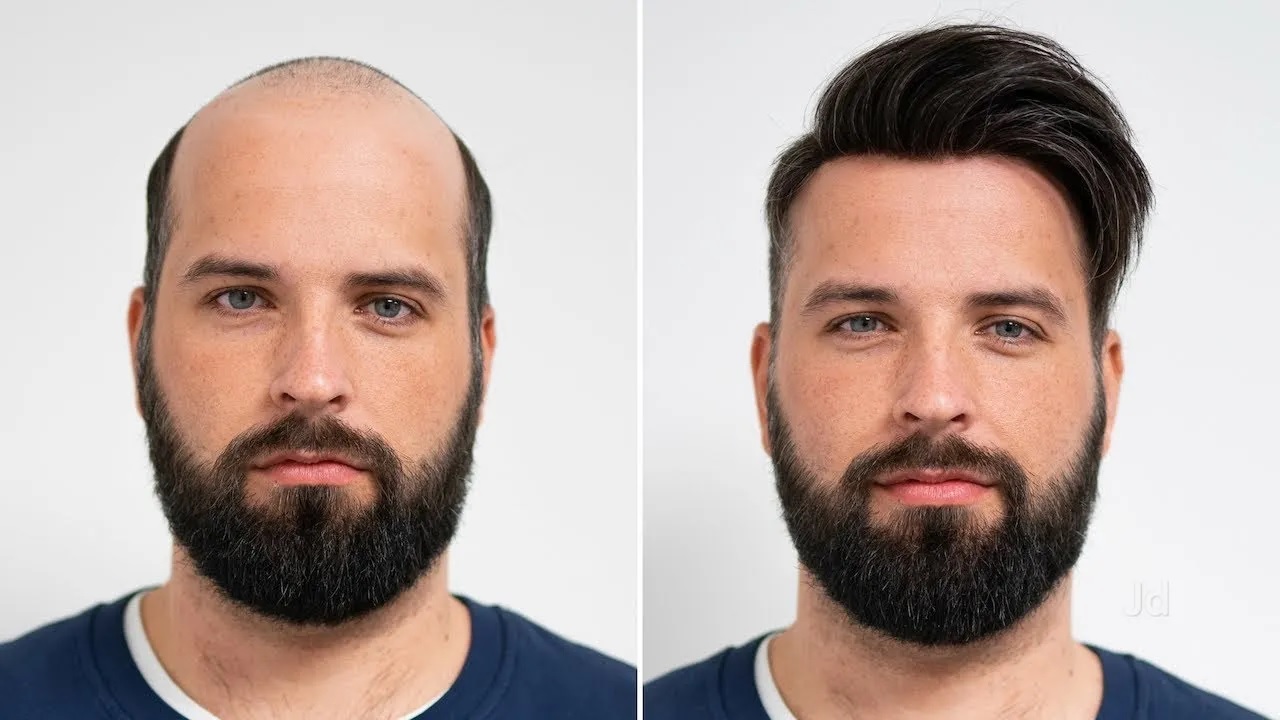Revolutionizing Hair Care: The Art of Hair Fixing
Introduction
In today’s world, hair plays a significant role in our appearance and self-confidence. However, hair loss or thinning hair can greatly impact one’s self-esteem. With advancements in the field of cosmetology, hair fixing has emerged as a revolutionary solution, transforming the lives of individuals struggling with hair loss. This unique technique offers a non-surgical and natural-looking remedy for hair-related concerns. In this article, we will delve into the world of hair fixing, exploring its benefits, procedures, and its transformative impact on individuals.
Understanding Hair Fixing
Hair fixing, also known as hair integration or hair bonding, is a non-invasive method of replacing lost or thinning hair. Unlike traditional hair transplantation surgeries, hair fixing does not require surgical intervention, making it a preferred choice for many individuals. This technique involves attaching natural or synthetic hair to the existing hair or scalp to create a seamless, undetectable blend.
The Benefits of Hair Fixing
- Non-surgical: One of the primary advantages of hair fixing is its non-surgical nature. Unlike hair transplant surgeries, which involve incisions and recovery periods, hair fixing is a quick and painless procedure. It eliminates the risks associated with surgery and ensures minimal discomfort for the individual.
- Natural appearance: Hair fixing offers a natural-looking result, enhancing the individual’s overall appearance. The hair used in the procedure is carefully selected to match the texture, color, and density of the individual’s existing hair, making it virtually undetectable. This natural blend boosts confidence and allows individuals to regain their desired hairstyles.
- Immediate results: Unlike other hair loss treatments that require time to show visible results, hair fixing provides immediate satisfaction. Once the procedure is completed, individuals can immediately enjoy a fuller head of hair, improving their overall self-image and boosting their confidence levels.
- Versatility: Hair fixing offers versatility in terms of styling options. Individuals can choose from a wide range of hair lengths, colors, and textures to achieve the desired look. This versatility allows for customization, ensuring that the end result aligns perfectly with the individual’s preferences and personal style.
Hair fixing typically involves the following steps:
- Consultation: The process begins with a consultation session, during which a hair fixing specialist assesses the individual’s hair loss condition and discusses the desired outcome. This step helps determine the best approach and design for the hair fixing process.
- Customization: Once the desired look is established, the specialist selects hair pieces that closely match the individual’s natural hair. These hair pieces are customized to fit the individual’s head shape and hairline, ensuring a seamless integration.
- Attachment: The selected hair pieces are then attached to the individual’s existing hair or scalp using a safe and secure adhesive. The specialist meticulously blends the natural and artificial hair, achieving a flawless appearance.
- Styling: After the attachment process, the hair is styled according to the individual’s preferences. Individuals can choose their desired length, texture, and hairstyle, allowing them to enjoy a personalized and natural-looking result.
